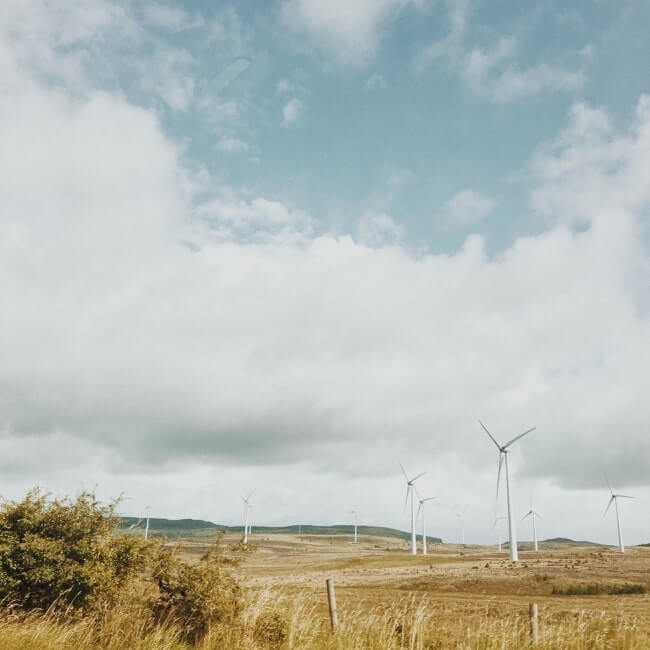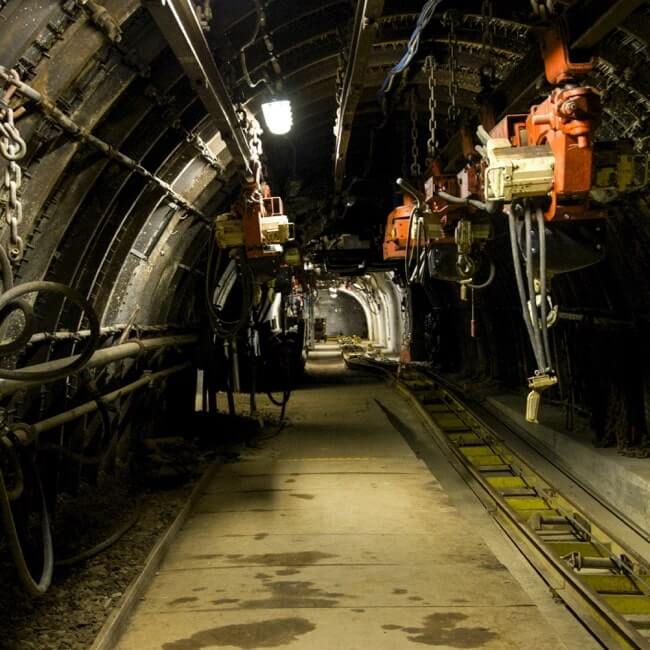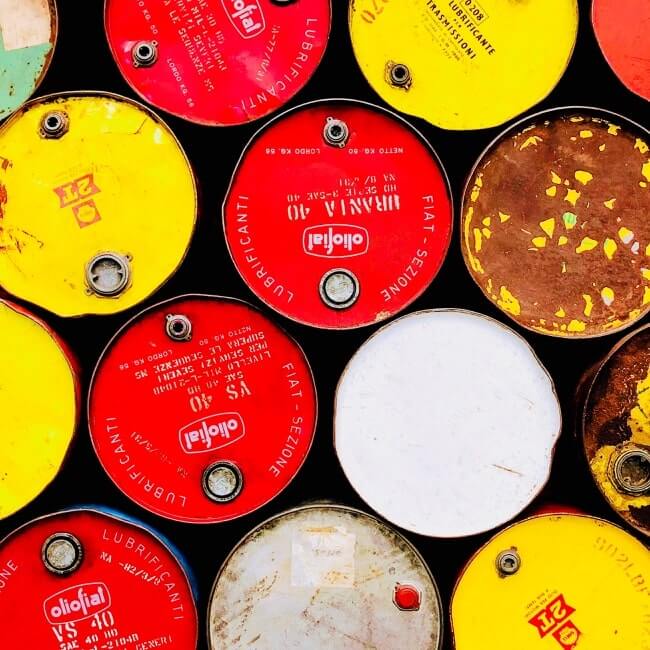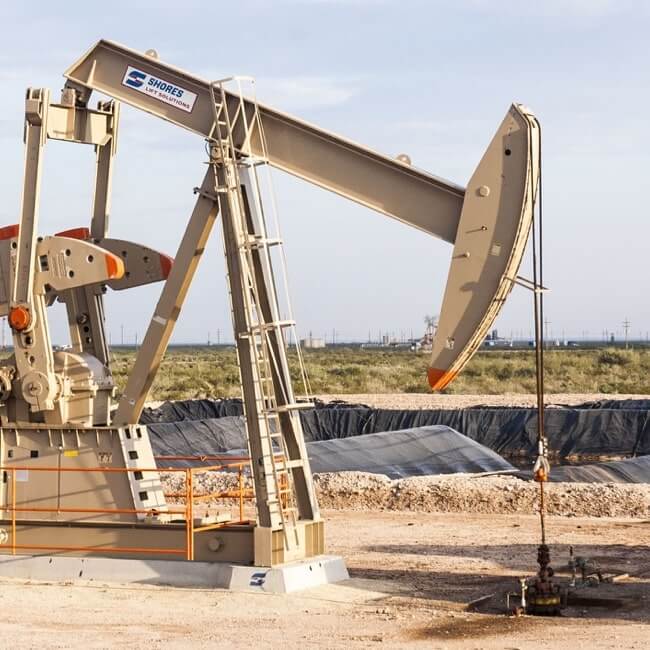How researchers built Chile's first lithium battery

A team of researchers from Universidad Católica del Norte (UCN) built lithium batteries in Chile's Antofagasta region with funding from local lithium producer SQM.
Part of the project involved the creation of the Lithium I+D+i research center directed by Hernán Cáceres, an expert in industrial engineering and dean of UCN's engineering and geological sciences faculty.
The first units created in the electrochemistry laboratory were coin cell-type batteries, similar to those used in watches.
To find out more, BNamericas talks to Cáceres about the research and manufacturing, and potential replacements for lithium batteries.
BNamericas: Could you tell us about the project?
Cáceres: It started just over a year ago with a collaboration agreement with SQM, with the aim of establishing research and development for lithium batteries.
This is how we created the UCN Lithium I+D+i center, which includes areas such as battery modeling, analysis and recycling. This demonstrates our institution’s capabilities, with regard to analysis and advanced human capital, to contribute to the lithium value chain, which is a pending task in the country.
BNamericas: How does the coin cell battery model differ from others on the market?
Cáceres: These batteries are smaller, since they use less material. As a result, they are less expensive and easier to prototype for performance tests, such as shocks that measure durability or power capacity degradation. Once we demonstrate which inputs work best, we can replicate it in battery cells and put the batteries through real field tests.
BNamericas: Are you planning to scale up the project and contribute to building lithium battery plants in Chile?
Cáceres: Yes, we intend to scale up the pilot to manufacture batteries, pilot new technologies and establish recycling methods in partnership with startups or companies that are interested in the business.
As an educational and research institution, we will make available a platform of analytical capacity, knowledge, science, technological development and human capital that is useful for the industrial ecosystem.
The industry will be responsible for mass production and commercialization, although this technological transfer involves certain licensing and intellectual property protection contracts. We are already working preliminarily with several interested companies.
BNamericas: Who else is involved?
Cáceres: We signed the agreement with SQM in the first half of last year, and activities began in the second half when we completed a benchmark study and achieved alliances with strategic partners, such as Fraunhofer of Germany, SustrenLab, the technological energy institute (ITE) of Valencia (Spain), Georgia Tech, and a couple of Finnish universities and research groups.
BNamericas: Is the battery manufacturing process circular?
Cáceres: We use pyrolysis that uses tire waste as carbon for the manufacturing process. We are also working on the recovery of the materials to create new batteries in the recycling area, whose team is looking for ways to recover the minerals, metals, materials and other obsolete products from the batteries to manufacture new units.
We want to show that circularity can be achieved without relying on natural sources. Obviously, part of the batteries doesn't exist and they have to be built, but we are seeking sustainable and competitive production processes.
BNamericas: Have you considered making other cathode materials from lithium?
Cáceres: The initial plan is the lithium battery, but we're focused on the energy area in Antofagasta. The solar energy that is produced during the day, for example, has to be stored somewhere. There is potential for alliances with companies of this type and we want to contribute to the energy matrix of the region to advance in decarbonization.
BNamericas: Could a lack of transmission infrastructure hold back battery development?
Cáceres: It will be a barrier if the State and the private sector don’t agree on a coordinated central design. The start-up of a photovoltaic project, for example, must be accompanied by investments in the modification of transmission lines.
Often, however, almost the entire cost of this change is added to the project, doubling its cost. That is why several projects are halted. It's unclear who should invest in transmission efforts, but I prefer to view it with optimism, as this is an opportunity. Stability is also required, since renewable sources aren’t stable throughout the day. Storage is key to provide stability. If we can do it the right way, we can start shutting down the coal plants that are still running.
BNamericas: SQM will supply the lithium, but where will the iron phosphate and other materials come from?
Caceres: We have taken products that are available on the market with a determined purity. It is important to lower the uncertainty in the process and that is why we seek materials that are known in the trade. A lot will come from recycled lithium batteries. For that reason, our group of researchers is working on hydrometallurgy, hydrolysis, hydroxylation and bioleaching to test ways to recover and purify materials.
BNamericas: How advanced are possible lithium battery substitutes globally?
Cáceres: In Asia, it was possible to produce a sodium battery that, if the technologies are perfected, could eventually replace it, although the performance and capacity of a lithium battery haven't yet been matched.
There are always substitutes coming out that end up replacing the old, just like the electric car is replacing the internal combustion car, but it takes years. China and other parts of the world have installed lithium battery production capacity, and even if a better and more cost-competitive product than lithium batteries emerges, it will take years for new manufacturing capacity to replace the previous one to allow for the global transition.
A lithium battery has the advantage of being light and providing great energy density, which comes in handy for electromobility, especially for private cars, where everything is required to be compact and light.
BNamericas: How many people are working on the UCN project?
Cáceres: We're 40 researchers from different faculties, such as chemistry, physics, science, economics and administration, legal sciences, marine sciences. It has been interdisciplinary work, where we also see economic issues or social aspects.
BNamericas: How important has SQM financing been?
Cáceres: The SQM donation gave us the initial boost, and it has been very important compared with the levels of funding the State provides for science.
The idea is to set up a permanent research capacity that is economically sustainable and, for this reason, our group of researchers will seek new resources from the public or private sector, so that we're not out of business after eight years.
BNamericas: What do you think of the national lithium strategy?
Cáceres: It seems good to me, but dialogue should prevail because lots of actors can contribute. I hope that research and development capacity will be strengthened in the areas where lithium exists, such as the Antofagasta, Atacama and Tarapacá regions, and that advanced human capital and analytical capacity will be developed.
This can contribute to the decentralization of the country and is an opportunity to raise the level of innovation capabilities at our regional universities.
Subscribe to the leading business intelligence platform in Latin America with different tools for Providers, Contractors, Operators, Government, Legal, Financial and Insurance industries.
News in: Electric Power (Chile)

Going green while growing capacity: The energy dilemma of datacenter majors
From diesel usage to sourcing renewables for power consumption, hyperscaler providers are grappling with multiple tasks when it comes to energy. BN...

Seremi de Energía de O'Higgins and UOH students visit Ayla Solar from the oEnergy group, the first agrovoltaic proj...
The students learned how energy generation and the cultivation of cherry trees are combined on the same land, in addition to their benefits for loc...
Subscribe to Latin America’s most trusted business intelligence platform.
Other projects in: Electric Power (Chile)
Get critical information about thousands of Electric Power projects in Latin America: what stages they're in, capex, related companies, contacts and more.
- Project: Tamarindo Photovoltaic Project with Storage
- Current stage:

- Updated:
2 months ago
- Project: Corniglia Photovoltaic Plan
- Current stage:

- Updated:
2 months ago
- Project: FV Conde
- Current stage:

- Updated:
2 months ago
- Project: Chaitén Volcano Energy Storage System (SAE)
- Current stage:

- Updated:
2 months ago
- Project: Balmaceda Solar Plant
- Current stage:

- Updated:
2 months ago
- Project: Caipulli Photovoltaic Park
- Current stage:

- Updated:
2 months ago
- Project: Barcelona Photovoltaic Solar Park
- Current stage:

- Updated:
2 years ago
- Project: Javiera Carrera Photovoltaic Plant
- Current stage:

- Updated:
3 years ago
- Project: PMGD 3008-PSF Los Nogales 9MW
- Current stage:

- Updated:
3 years ago
- Project: Chicauma Summer Photovoltaic Park
- Current stage:

- Updated:
2 years ago
Other companies in: Electric Power (Chile)
Get critical information about thousands of Electric Power companies in Latin America: their projects, contacts, shareholders, related news and more.
- Company: Oenergy SpA (Oenergy)
-
The description contained in this profile was taken directly from an official source and has not been edited or modified by BNamericas researchers, but may have been automatical...
- Company: PFV Cigüeña SpA (PFV Cigüeña)
- Company: Cerrillo Solar SpA (Cerrillo Solar)
- Company: Negratín Chile SPA (Negratín Chile)
- Company: GeoPark Ltd. (GeoPark)
-
Founded in 2002, GeoPark Ltd. is a Latin America-focused oil and gas explorer and operator with operations in Chile, Colombia, Brazil and, on a smaller scale, Argentina. The com...
- Company: Doosan Enerbility
- Company: Serviland Minergy S.A. (Serviland Minergy)
-
The description contained in this profile was taken directly from an official source and has not been edited or modified by BNamericas researchers, but may have been automatical...
- Company: HIF SpA (HIF)
-
The description included in this profile was taken directly from an official source and has not been modified or edited by the BNamericas’ researchers. However, it may have been...
- Company: Asociación Chilena de Energía Geotérmica A.G. (ACHEGEO)
-
The description contained in this profile was taken directly from an official source and has not been edited or modified by BNamericas researchers, but may have been automatical...




